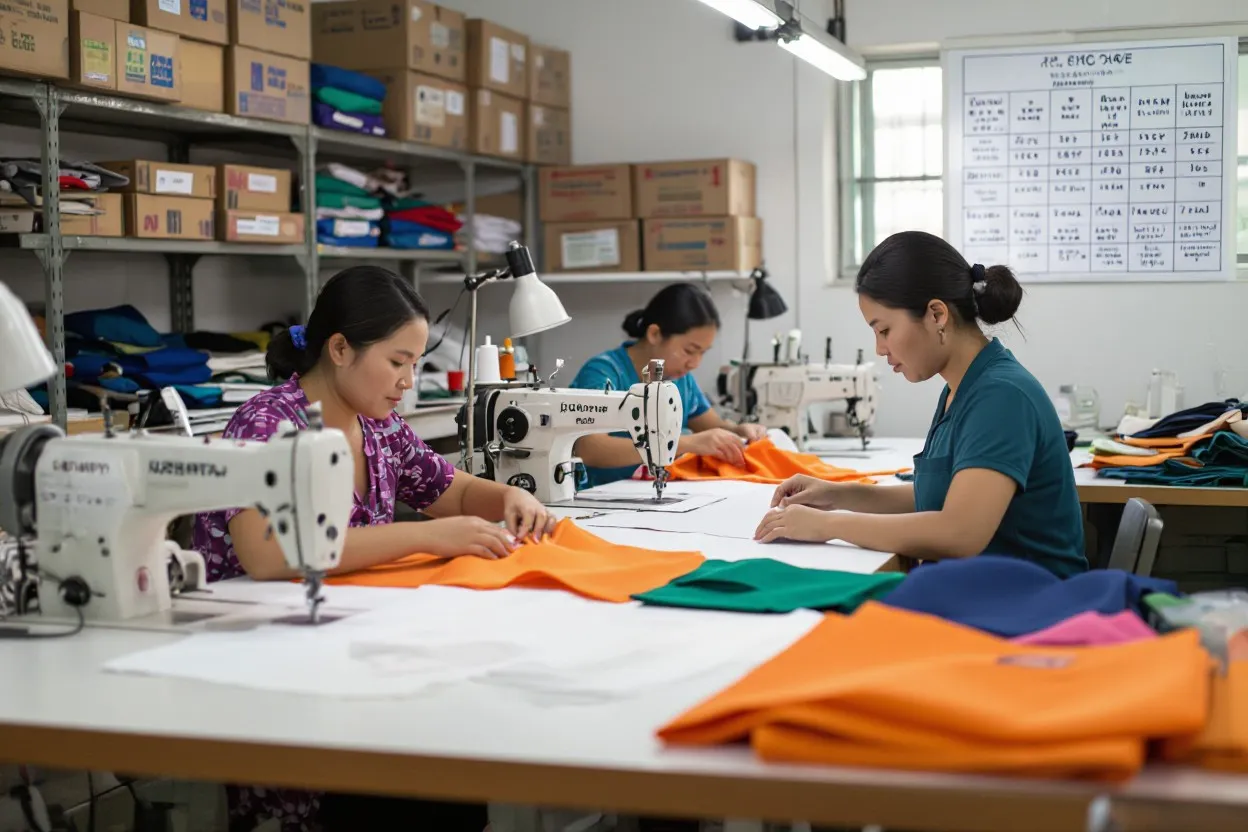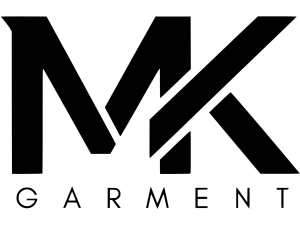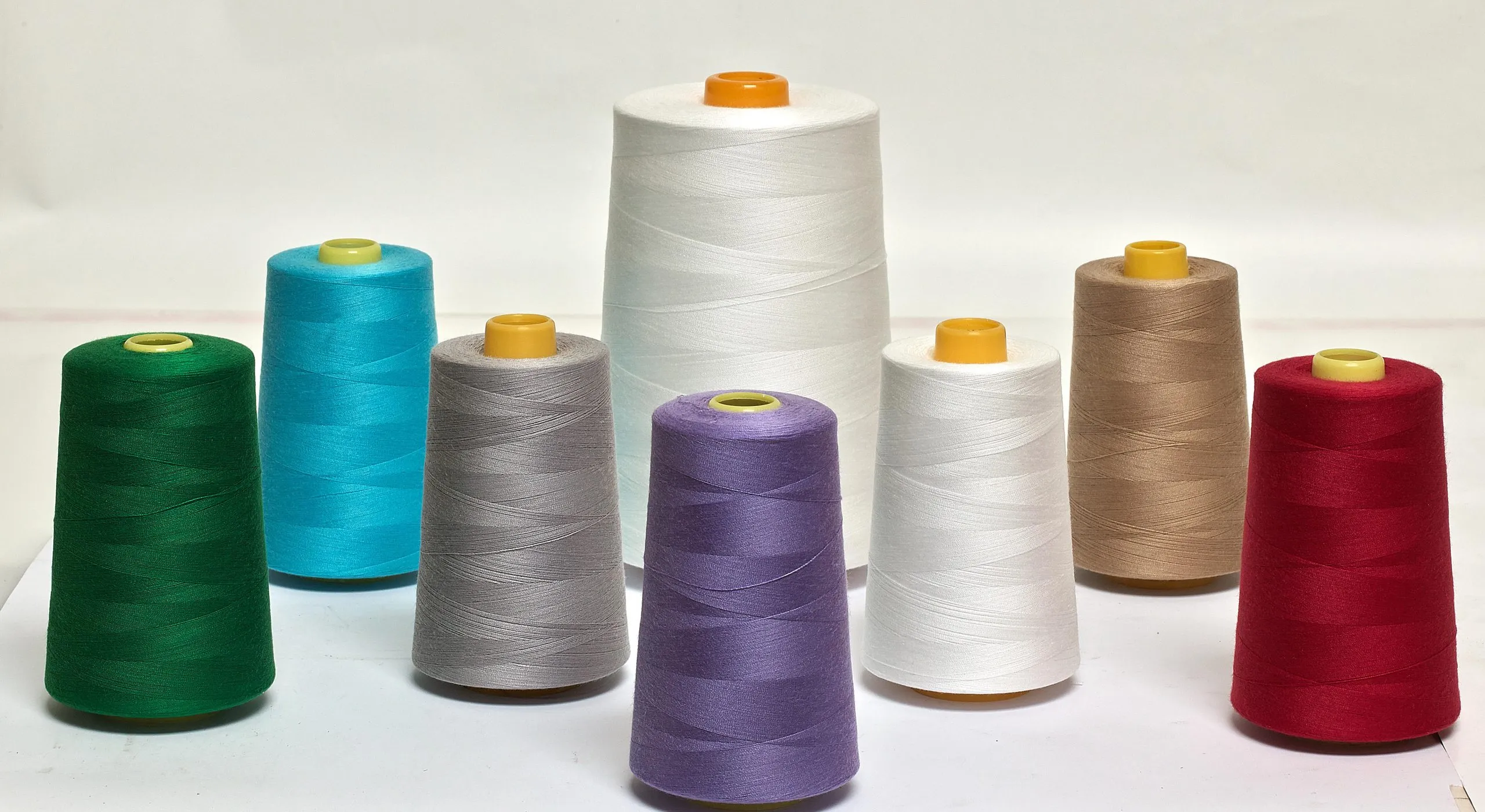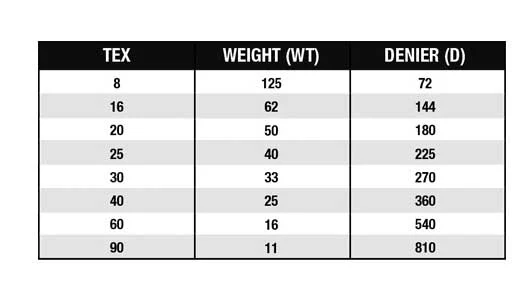
In the fast-moving world of apparel manufacturing, brands are constantly seeking ways to simplify supply chains, reduce lead times, and deliver retail-ready products with confidence. That’s where the CMPT model Cut, Make, Pack & Trim comes into play. By partnering with a factory that handles every step from fabric cutting to final packaging, buyers free themselves from juggling multiple vendors, while maintaining quality and consistency at scale. In this article, we’ll explore how the CMPT model works, why many companies choose it, what trade-offs to consider, and how it fits the needs of today’s global apparel brands.
What Is CMPT (Cut, Make, Pack & Trim)?
CMPT (Cut, Make, Pack & Trim) is the most comprehensive production model used in garment manufacturing. Unlike basic models where the buyer supplies materials or handles final steps, CMPT factories take care of everything from cutting fabric to packing finished garments. This “all-in-one” service allows brands to save time, reduce coordination hassles, and ensure that each piece is ready for export or direct sale.

Process Flow – From Fabric to Finished Product
In the CMPT model, the production flow is fully integrated.
The process starts with cutting fabrics based on approved patterns, then moves to sewing (make), followed by trimming and finishing to remove loose threads and add labels or accessories. Finally, garments are packed according to the buyer’s export or retail requirements. Every stage happens under the same roof, allowing better control, faster communication, and consistent quality from start to finish. Here’s how a typical CMPT workflow looks:
- Cutting: The factory cuts the fabric following the buyer’s approved patterns and markers, ensuring size and shape accuracy.
- Making (Sewing): Skilled sewing operators assemble the cut pieces into finished garments using standardized techniques and quality checkpoints.
- Trimming & Finishing: Excess threads are removed, garments are ironed or pressed, and accessories such as buttons, hangtags, and brand labels are attached.
- Packing: The products are folded, bagged, labeled, and boxed according to the buyer’s packing manual—either by single piece, by set, or by export carton.
- Logistics Support: Some factories even manage export documentation, container loading, and final shipment coordination.

Best For
CMPT is best suited for large retailers, established fashion brands, and global distributors with high-volume orders or tight timelines. These companies benefit most from having a single, capable partner that manages the full production chain from cutting and sewing to packing and export paperwork. It’s the perfect choice for brands that value efficiency, quality consistency, and time savings over direct control of each production stage. CMPT is best suited for:
- Large retailers or international brands needing bulk orders.
- Companies with tight timelines that want to simplify coordination.
- Brands focusing on marketing and sales rather than production management.
Example: A major retailer places a bulk order with a Vietnamese manufacturer under CMPT terms. The factory sources fabric, cuts, sews, irons, attaches trims and tags, packs into retail-ready boxes, and even prepares export paperwork. The buyer simply receives fully packed cartons ready for sale — all managed by one production partner.
Pros and Cons of CMPT (Cut, Make, Pack & Trim)
Advantages – Why Many Brands Choose CMPT
The CMPT model is popular among global fashion brands because it offers end-to-end convenience and quality assurance. With everything handled by one experienced factory, buyers can focus more on sales, design, and brand building. This system also ensures consistent quality, faster turnaround times, and fewer errors caused by miscommunication between multiple vendors. It’s an ideal setup for companies aiming to scale production efficiently without losing quality control.
- End-to-End Service: The entire process happens under one roof, making coordination simple and efficient.
- Quality Consistency: Since the same factory controls all steps, quality checks are more consistent.
- Faster Turnaround: Integrated operations reduce delays between cutting, sewing, and packing.
- Reduced Buyer Workload: Clients no longer need to coordinate multiple suppliers or handle post-production logistics.
Disadvantages – Things to Consider Before Choosing CMPT
Although CMPT provides full support, it also comes with a few trade-offs. Because the factory handles the entire process, service costs are higher. Buyers may also have less control over fabric sourcing or internal production decisions. Additionally, not every factory is capable of managing a CMPT order — it requires strong quality systems, logistics teams, and export experience. Therefore, choosing the right factory partner is critical to ensure smooth results.
- Higher Cost Per Unit – Since the factory manages everything, service fees are higher.
- Less Buyer Control – The buyer has limited influence over material sourcing or internal processes.
- High Factory Requirement – Only experienced factories with strong quality assurance, logistics, and compliance systems can handle CMPT efficiently.
Final Words – Why CMPT Matters Today
In today’s fast-moving apparel market, CMPT represents efficiency, trust, and scalability. It transforms garment manufacturing from a fragmented process into a seamless production ecosystem, where every detail—from the first fabric cut to the last packed box is handled under expert supervision. For brands aiming to grow globally, CMPT is more than a manufacturing model — it’s a strategic partnership that delivers speed, quality, and peace of mind.
FAQs About CMPT (Cut, Make, Pack & Trim)
What does CMPT stand for and how does it differ from CMT or CM?
CMPT stands for Cut, Make, Pack & Trim. Unlike CM (Cut & Make) or CMT (Cut, Make & Trim), CMPT adds full packing and final retail preparation to the factory’s responsibilities. In CMPT the factory typically sources or coordinates fabric and trims, performs cutting and sewing, completes finishing (trims, labels, pressing), and packs garments into retail-ready cartons or hangers, including export documentation if required.
What are the specific production stages in the CMPT workflow?
The CMPT workflow begins with fabric inspection and cutting using approved patterns, proceeds to sewing and assembly (make), moves to trimming and finishing to remove loose threads and attach labels or accessories, and ends with ironing/pressing and packing to buyer specifications. Final steps often include quality inspections, carton labeling, cartonizing for export, and completing necessary shipping paperwork.
Which types of brands or buyers are best suited for CMPT services?
CMPT is best for large retailers, established fashion brands, and global distributors handling high-volume orders or tight lead times. These buyers value a single vendor that manages the full production chain, reducing vendor coordination, ensuring consistent quality across lots, and delivering garments ready for direct sale or export.
What advantages does partnering with a CMPT factory like Mekong Garment Vietnam provide?
Partnering with Mekong Garment Vietnam under CMPT offers end-to-end coordination, reduced lead times, fewer handoffs between vendors, consistent quality control across production stages, and ready-for-retail packing. Mekong’s integrated operations can also streamline logistics and export paperwork, letting buyers focus on design, marketing, and distribution rather than day-to-day production management.
What trade-offs or limitations should buyers consider before choosing CMPT?
Trade-offs include higher service costs compared with partial models, potentially less direct control over raw material sourcing and certain production decisions, and dependency on the factory’s capacity and systems. Not every factory can handle CMPT reliably; buyers should confirm the factory’s experience, quality systems, capacity, and export capabilities before contracting.
How are quality control and lead times managed within a CMPT setup?
Quality control in CMPT is managed through in-line inspections, end-of-line checks, and final audits before packing. Integrated production under one roof enables faster communication and quicker corrections when issues arise, which helps maintain consistent quality and predictable lead times. Clear sampling approval, agreed inspection checkpoints, and defined corrective action plans are important to keep schedules on track.
What criteria and questions should buyers use to select a CMPT partner like Mekong Garment Vietnam?
Key criteria include demonstrated CMPT experience, production capacity, quality management systems (ISO, AQL practices), sample and prototyping turnaround, sourcing capabilities for fabrics and trims, packing and export services, and logistics support. Ask for references, factory tour or virtual walkthrough, sample timelines, defect rates, lead time guarantees, and details on how they handle sourcing, customs documentation, and contingency plans for delays.


